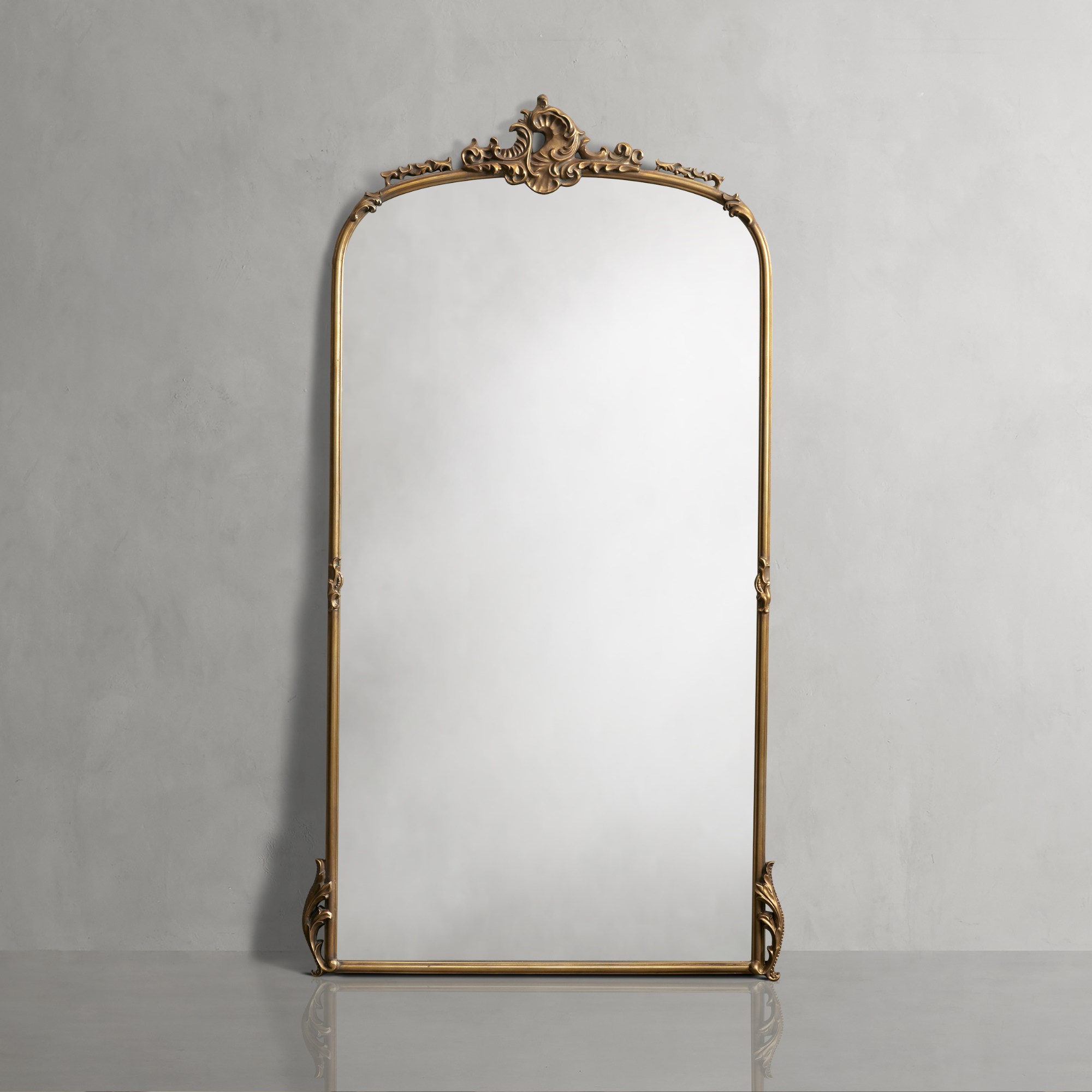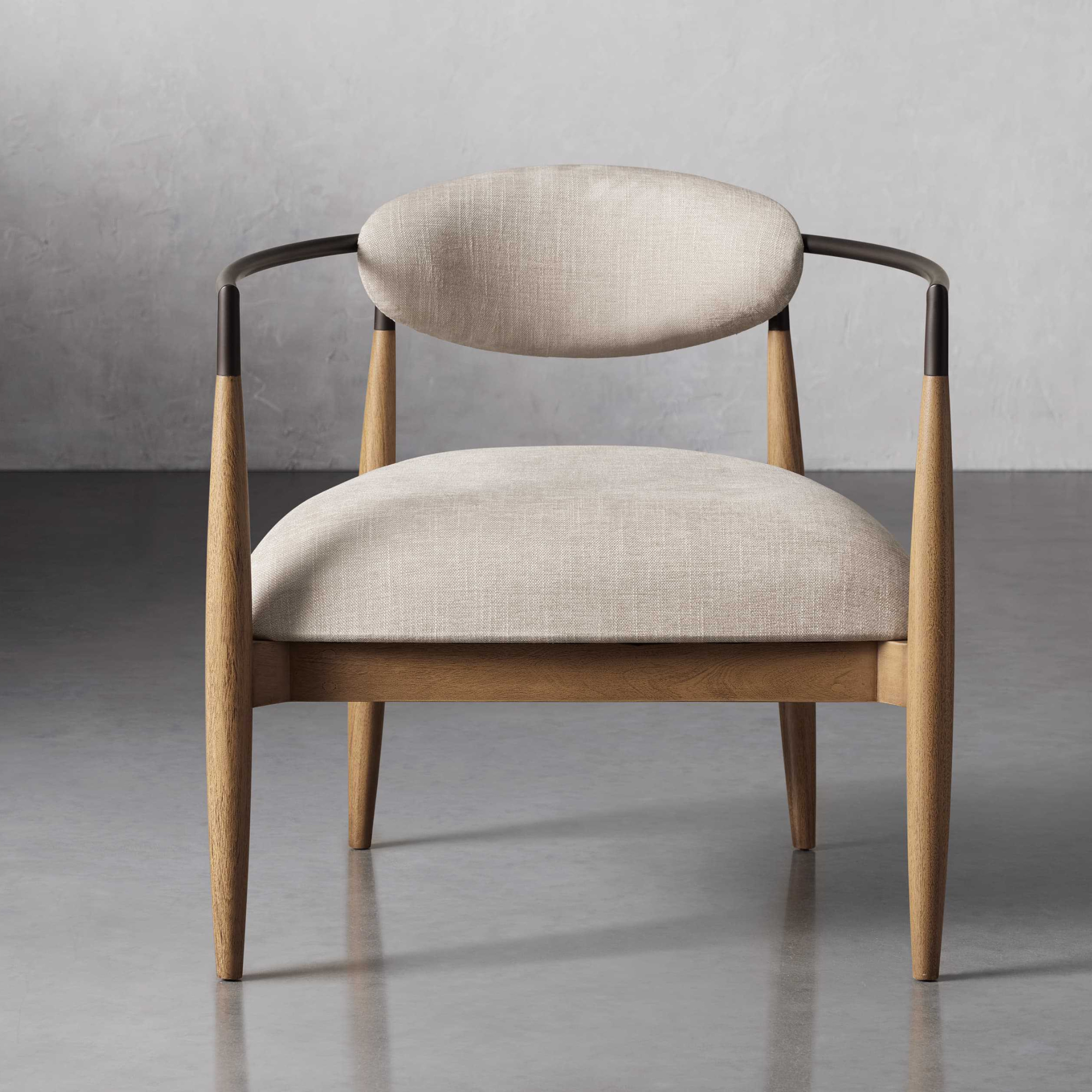How to style antique furniture for a timeless, transitional space – 9 designers share their tips
Antique furniture brings character and historic charm to any space. Here's how the experts achieve an enduring design scheme with vintage pieces

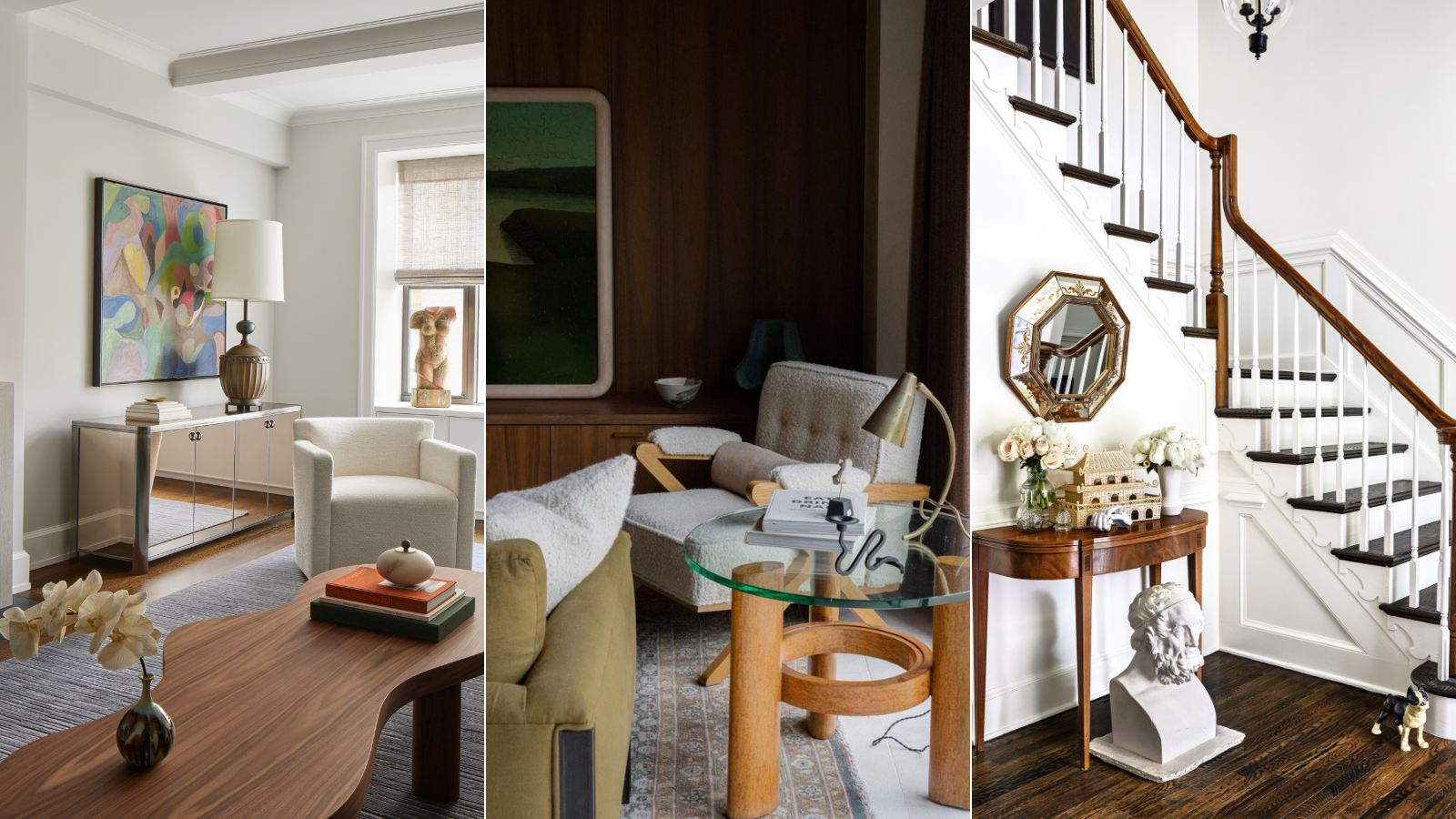
Whether you already have loads of family heirlooms or simply like to scour vintage shops, there's a lot to love about antique furniture. But decorating with antiques in a seamless and cohesive way at home can prove to be quite the challenge. Vintage pieces don't always mesh easily with modern or contemporary design styles, and antiques that make a statement can quickly take over a space on their own.
But from stunning wooden cabinetry to classic upholstered seating, there is an endless supply of antique inspiration – and something that works perfectly with every home. We spoke with ten interior designers to get their top advice on styling antique furniture when you're trying to create a timeless and transitional home. Here's what they had to say about blending antiques with your personal style.
How to style antique furniture
Antique furniture doesn't need to be stuck in the past – there's so much room for experimentation, even in the most modern of homes. Lisa Berman and Melissa Rohani, co-founders of California-based design firm Studio Gutow, say that there are so many benefits to decorating with antiques, and they extend far beyond the aesthetics.
'Bringing antique furniture into your space is about creating a classic and contemporary blend. When merging antiques with modern styles, consider a touch of reupholstering for a more personal feel, or let it naturally stand out. It's not just about decor; it's about making your space uniquely yours and eco-friendly!' they say.
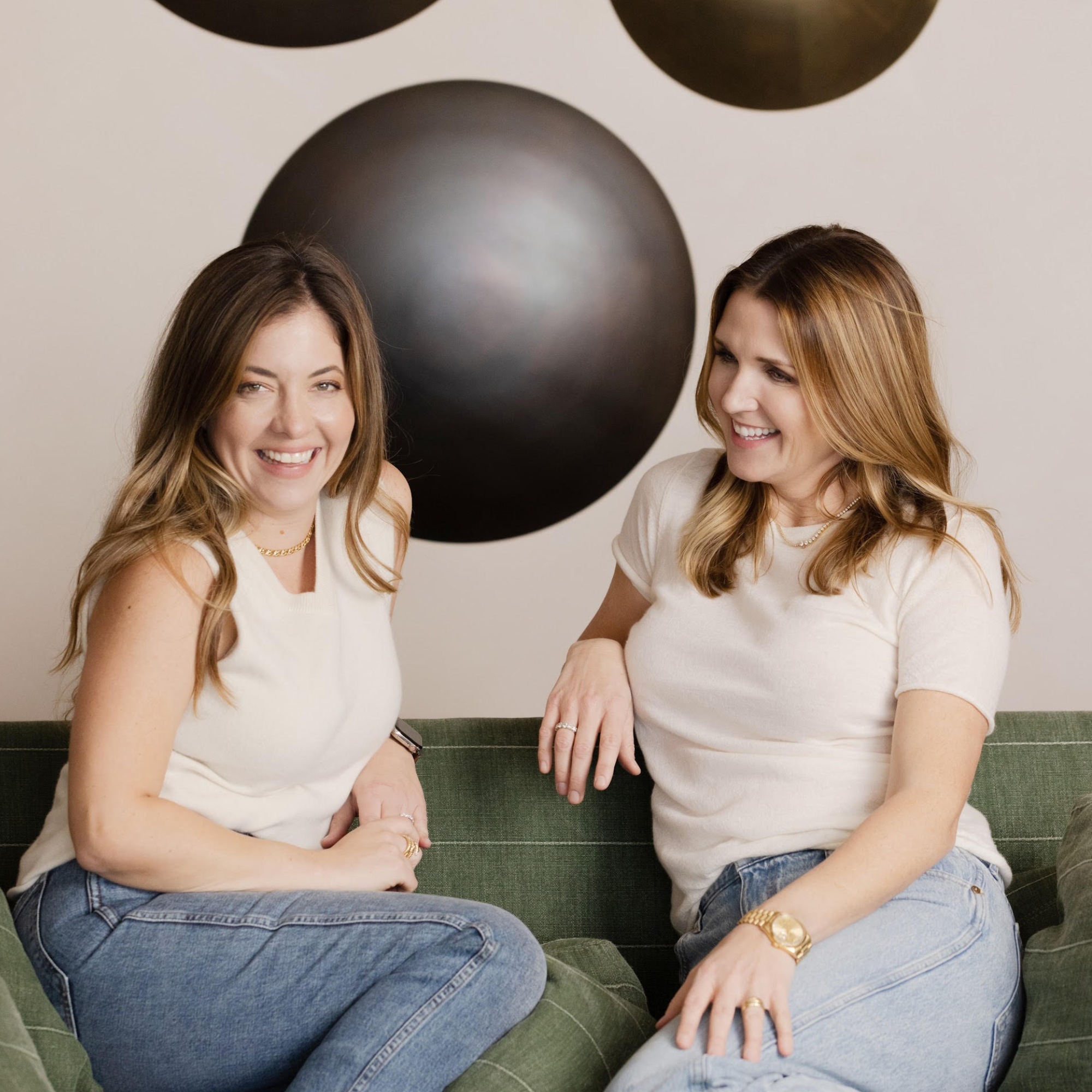
Lisa Berman and Melissa Rohani are the co-founders of Studio Gutow, a design firm based in Laguna Beach, California.
1. Mix and match design styles
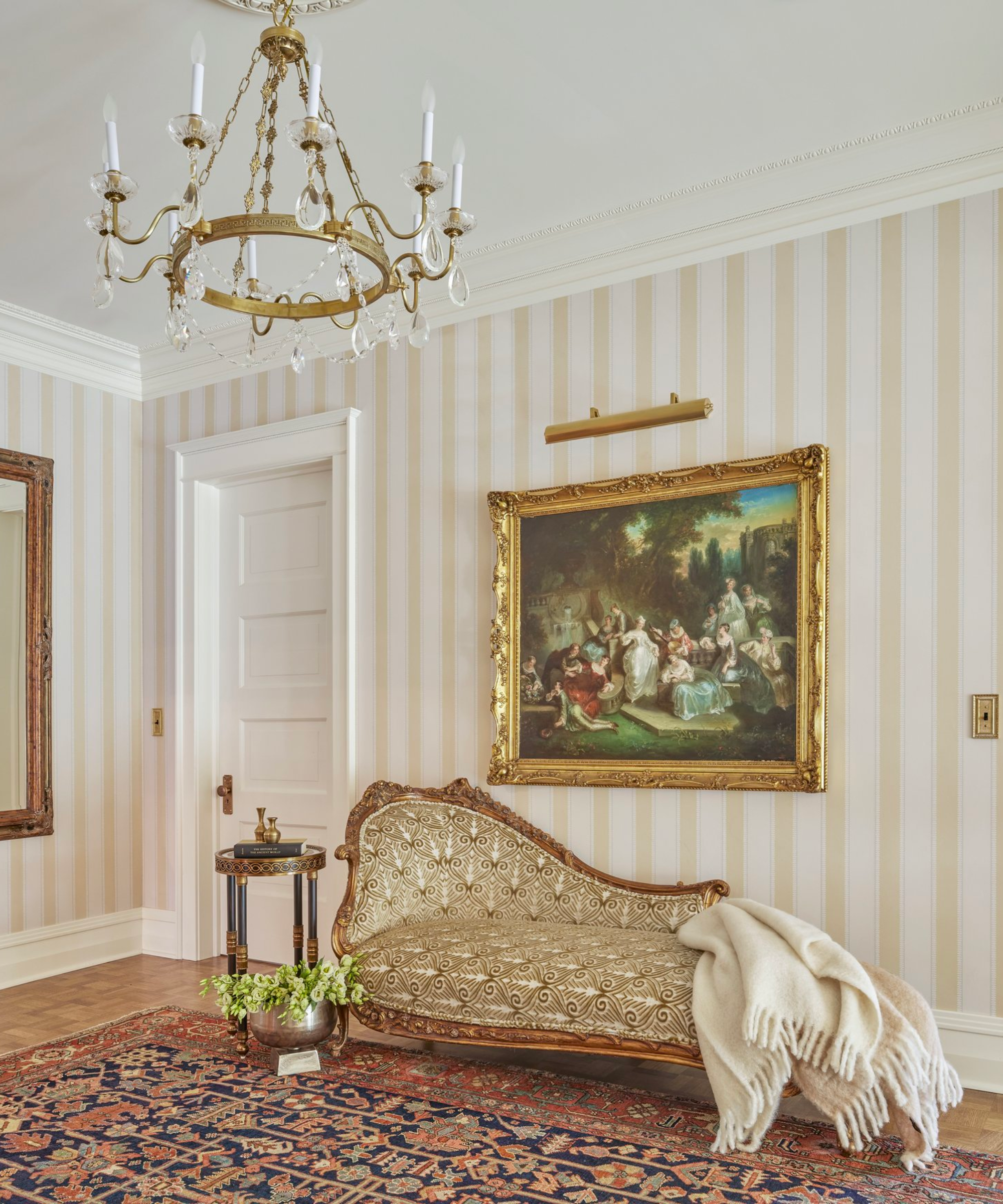
Even though you're decorating with antique furniture, you don't need to go all-out with vintage. In fact, mixing and matching design styles will leave you with a sophisticated overall look.
Elizabeth Krueger, principal designer of Elizabeth Krueger Design, says she's 'obsessed' with adding vintage furniture to interior projects. The pieces 'lend soul and interest' to any project, regardless of design style, she says.
'We have seen so many talented designers do the mix, and it is here to stay. My favorite way to do this in a small way is in a picture frame or accessory on a tabletop. Going for it in a big way would be a chest in the entry or a cabinet in the dining room. Don't be afraid to mix styles, it makes for a far more interesting look,' says Elizabeth.
Design expertise in your inbox – from inspiring decorating ideas and beautiful celebrity homes to practical gardening advice and shopping round-ups.

Elizabeth Krueger is the principal designer of Elizabeth Krueger Design, an award-winning firm based in Chicago and Cleveland.
2. Honor your home's architecture
Antique furniture is eye-catching, and loads of fun to decorate with, but it's important to be intentional about what you showcase in your home. Caroline Brackett, principal designer of South Carolina-based Caroline Brackett Studio of Design, says that the story of an item matters just as much as its aesthetic appeal.
'We like to integrate elements that are true to the history of the home’s architecture and in keeping with the historical elements of the home. The juxtaposition between the old mixed in with some new results in an aesthetic that feels both visually impressive and welcoming, but isn’t too stuffy or traditional,' she says.
Picking pieces from the same time period or noting key features like finish or detailing will keep your whole home feeling like it flows. Caroline also notes to pay attention to scale, as vintage goods aren't always made in modern-day standard sizes.
'Layering is an essential element to Southern style and a timeless, transitional space. Consider a modern coffee table atop an heirloom rug or an antique Imari bowl to host an orchid. Mix a modern animal print with a traditional buffalo check. Throw in a French gilded mirror with more contemporary lighting choices,' says Caroline.

Caroline Brackett is the principal designer and founder of Caroline Brackett Studio of Design, a full-service interior design firm based in South Carolina.
3. Keep it simple
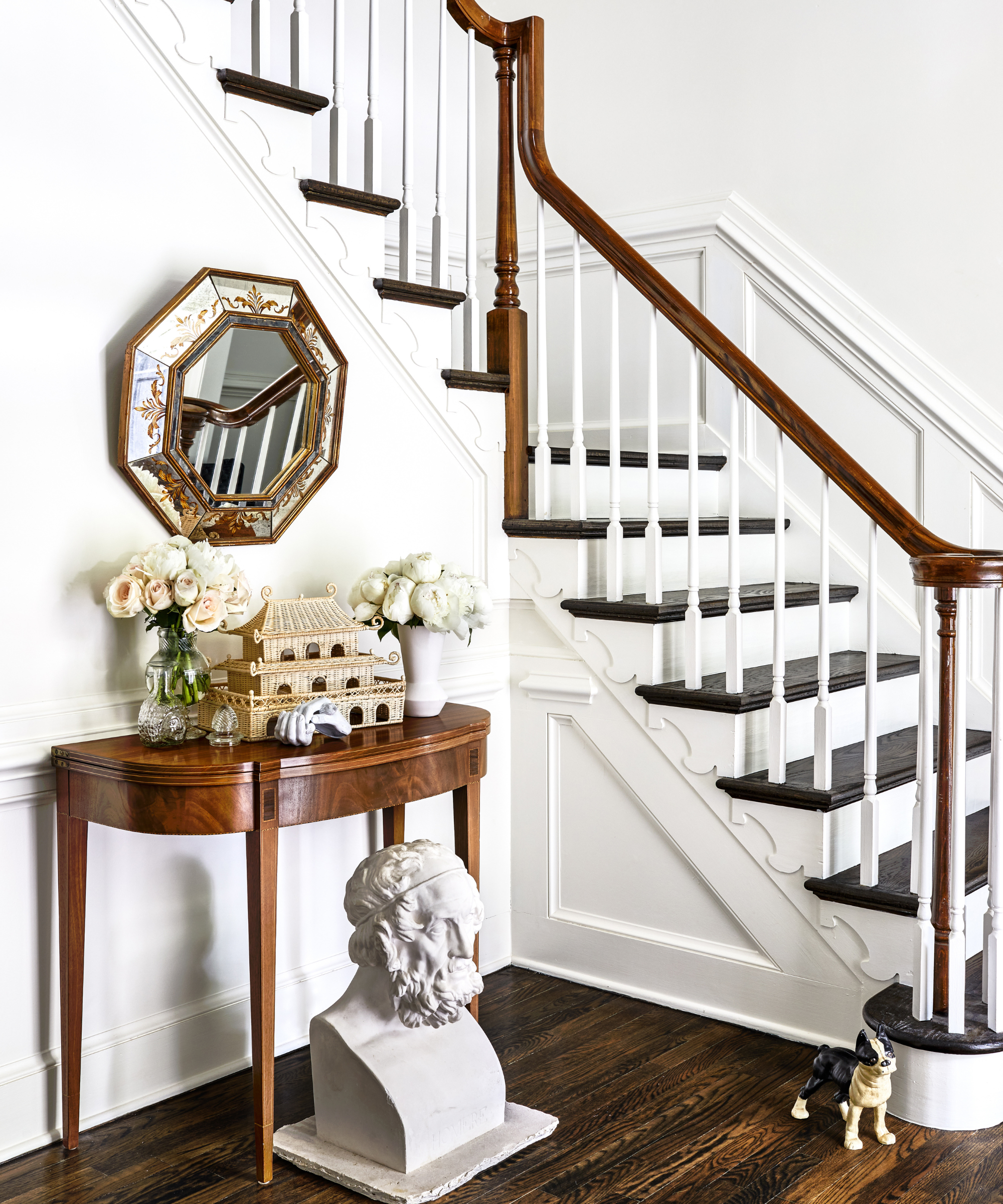
Paul Corrie, founder of Washington, D.C.-based Paul Corrie Interiors, says he's a 'huge fan' of using antique furniture in his design projects.
'I think they interject unique character and depth of design. We like to pair them with more modern pieces or update upholstery to reflect a refreshed look and aesthetic. The newly interpreted juxtaposition provides the client with an updated look that’s deeply personalized,' he says.
When styling vintage pieces, he suggests simplifying – a pared-back look matches more easily with modern design styles.
'Antique upholstery can take on a whole new life with less traditional fabric that was once ornate and overly fussy. A more modern approach is emphasized through texture and simplicity.'
In particular, Paul says that when styling this antique dresser, he considered it a 'blank canvas' that proved perfect for displaying collected and personalized accessories. By adding visual appeal and telling a story, this curated area of your interior design will spark conversation and ensure a homey atmosphere.

Paul Corrie is an interior designer and the founder of Paul Corrie Interiors, a boutique design firm based in Washington, D.C.
4. Reupholster dated fabric

Avery Cox, principal designer and founder of Texas-based Avery Cox Design, says that adding antique furniture to a room adds 'warmth and a feeling of history.' By layering time periods and design styles, a timeless look is consistently achieved. Avery suggests honoring the original uses of antique items.
'Keeping it simple is the best way, and using the antique as it was intended creates a feeling of authenticity. Furniture is meant to be used and by allowing the antique to live out its days in its original purpose just feels right and avoids the notion that you are living in a precious museum,' she says.
Avery says that reupholstering with fresh fabric is a simple route to making an antique piece of furniture work in any space. And though this trick works across just about any fabric-clad item you can imagine, she says that one piece of furniture stands out. 'Updating an antique dining chair is one of my favorites and the simplest way to create something that feels fresh,' says Avery.
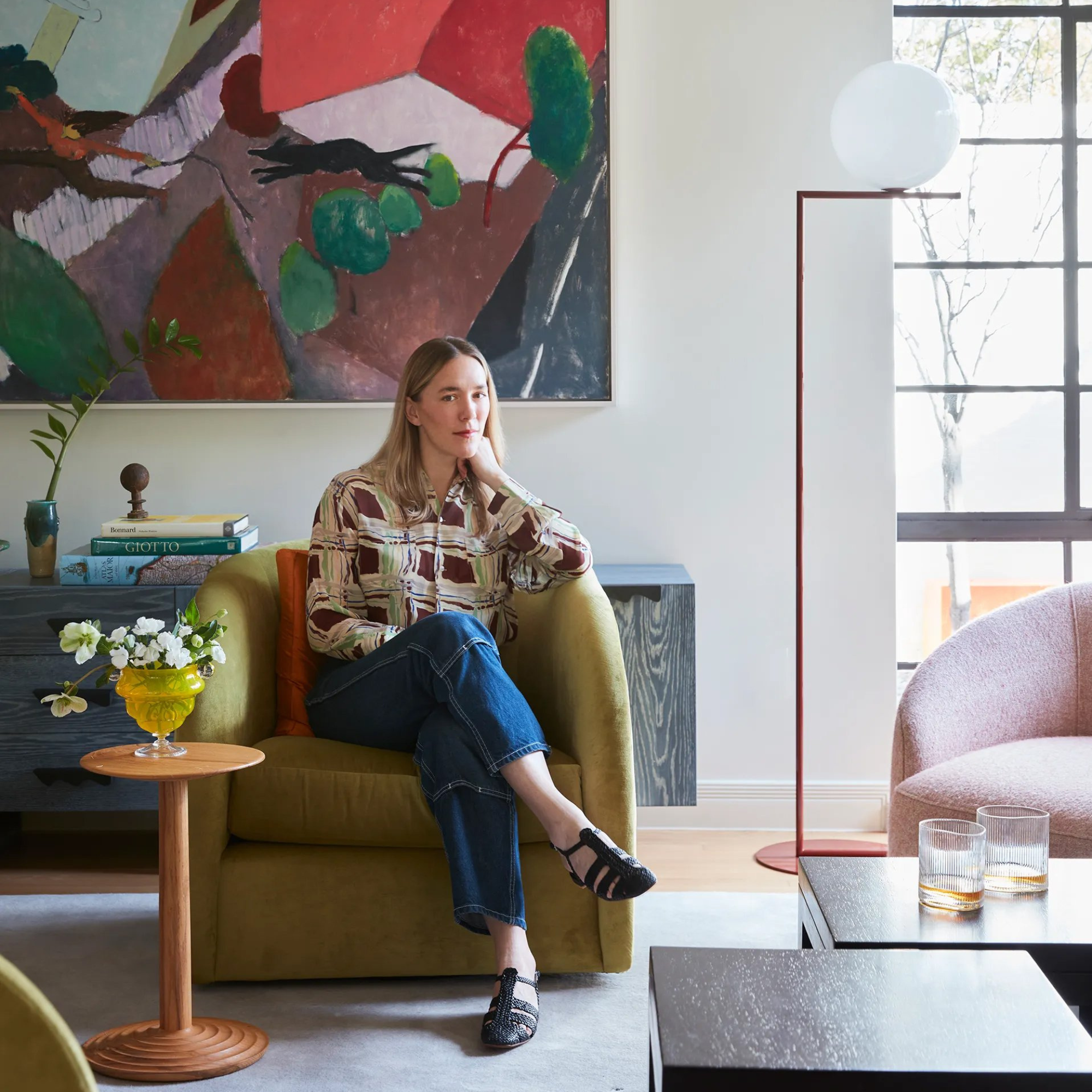
Avery Cox is the principal designer and founder of Avery Cox Design, a studio based in Austin, Texas that specializes in luxury residential and commercial projects.
5. Update and repurpose
In fact, upholstered items aren't the only vintage pieces that benefit from simple upgrades. Leslie Kale, principal designer of Studio Collective, suggests getting creative, and reworking antique furniture for a fresh design scheme.
'One of my favorite things to do with antiques is to repurpose the item. For instance, I will swap out an old tiled table top with a different material if the base is amazing. Leathered marble is a nice choice on a stunning base that perhaps just needed a good cleaning,' she says.
Bringing in an expert, or attempting some light DIY, can transform once-dated objects into sophisticated statement pieces. By maintaining the furniture's long-lasting construction and adding a bit of the modern-day, your design scheme will feature the best of both time periods.
'Sometimes just changing up the raw material such as stripping and then bleaching or sealing the wood, or lacquering with a great neutral paint along with new upholstery, will reveal the innate beauty of an old piece,' says Leslie. 'I absolutely love to scour flea markets and vintage warehouses for unique items with a history and have an obsession with updating them in unique ways.'
Leslie Kale is one of three principal designers leading Studio Collective, an award-winning boutique design studio based in Venice, California.
6. Opt for vintage lighting
Antique lighting often goes overlooked, but it's an excellent way to showcase the beautiful vintage furniture you've accumulated in your home. Emily Tucker, principal designer and founder of Emily Tucker Design says that there's no wrong way to style antique furniture – it brings 'history and personality' into any space.
'Antiques are such a wonderful way to add history and personality into a space. I am personally a big fan of vintage rugs and lighting and think they add such character to a space. Especially with new construction, antiques are crucial to making a house feel homey and not like a showroom.'

Emily Tucker is the principal designer and founder of Emily Tucker Design, a full-service design firm based in Colorado.
7. Pare back your pieces

Jennifer Mabley and Austin Handler, co-founders of Mabley Handler Interior Design, say there's a 'delicate dance' when integrating antique furniture into transitional or more modern homes.
While the vintage pieces look great with traditional design styles, mixing and matching can take some time – and serious effort. But when adding antiques to her firm's projects, Jennifer tends to keep things straightforward.
'Since one of our tenets in transitional design is “clean and comfortable,” we would look for antique pieces that have cleaner or more squared lines rather than overly ornate pieces. When it comes to fabrics, it may be worth reupholstering to replace a dated vintage took for something fresher and more contemporary,' she says.
On the other hand, there's also room to let a piece's ornate history shine through small finishing details. Austin suggests meshing transitional design tenets with a bit of classic flair.
'Don’t be afraid to pipe the cushions with a contrasting trim. You don’t have to extract every once of tradition and ornamentation, that’s the great thing about transitional design. There’s a lot of room to play in the middle,' he says.
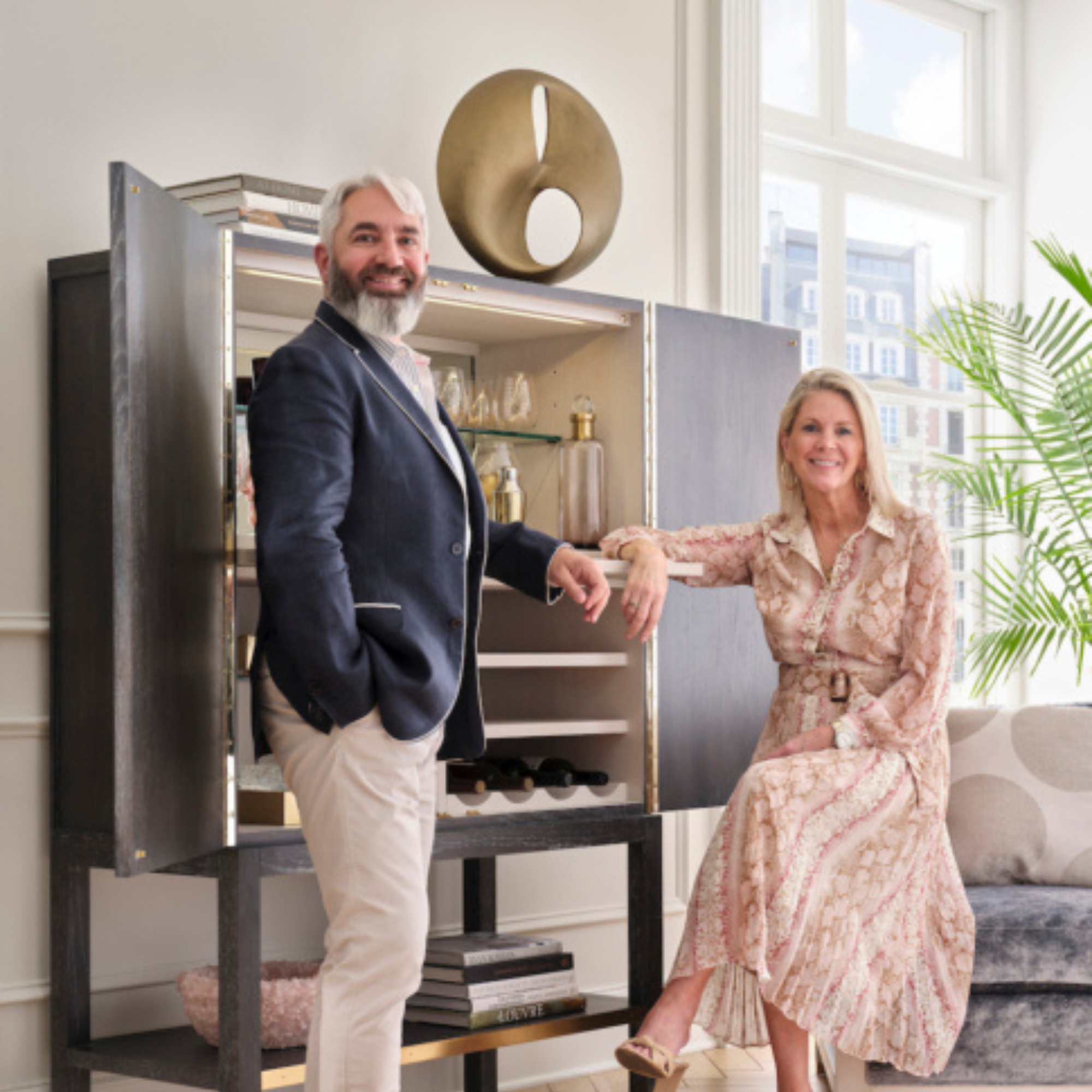
Mabley Handler Interior Design is the husband-wife interior design team led by Jennifer Mabley and Austin Handler. The firm is based in the Hamptons, with studios in New York City and West Palm Beach.
8. Channel warmth

Elizabeth Drake, principal designer of her eponymous design firm based in Chicago, says that she loves bringing antique items into modern settings, and prefers to let the pieces speak for themselves.
'Antiques have more detailed lines so I place them as if they were sculptures – leaving enough space to feature them, and not cluttering them up with too many accessories,' she says.
When it comes to color schemes, Elizabeth says keeping it warm is key. She suggests avoiding white walls or accents, as the contrast between deep, brown furniture and lighter shades can become a bit too much. When paired with antique wood, Elizabeth says that Farrow & Ball's Dead Salmon or India Yellowshades create depth and drama. And if you're in search of a lighter shade, she suggests C2's Margarita, 'a yellow-apple green that creates a younger, current look for brown mahogany.'
'Antique case goods tend to be brown wood, don’t miss the opportunity to balance the brown in the room or leave it the only brown for a counterpoint to the modern style room,' she says.

Elizabeth Drake is the principal designer of her eponymous design studio, a full-service firm based in Chicago.
9. Integrate your own antiques
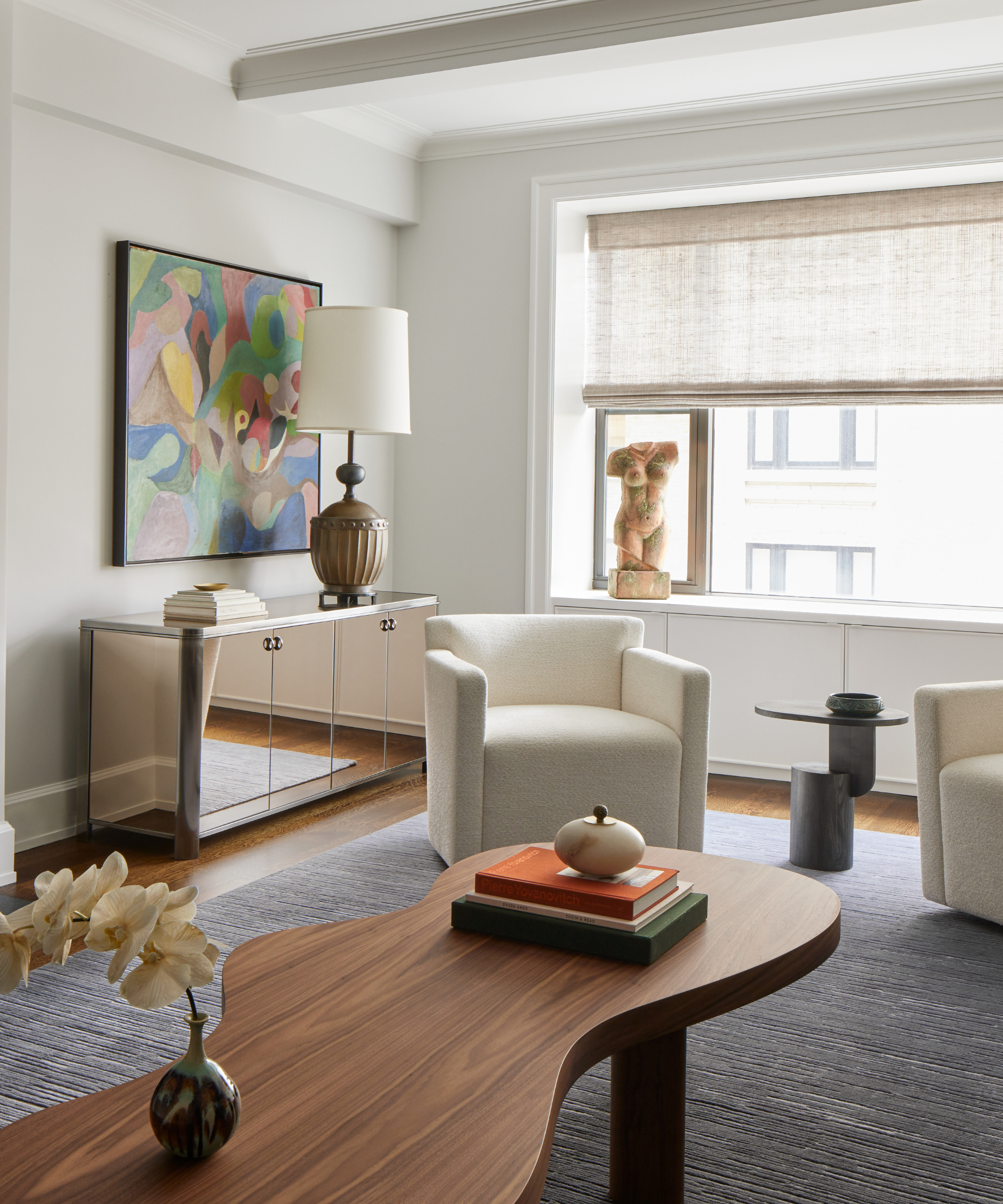
Joe McGuier and Megan Prime, co-founders and principals of design and architecture studio JAM, say that adding antiques to your space works best when they're personal. Take advantage of family heirlooms you already have when decorating, and let your space tell a story.
'A space truly becomes your own when you infuse your personality and heritage in some shape or form. We recommend incorporating personal artifacts and heirlooms, when possible. This adds a unique touch and reinforces the timeless quality of a space,' they say.
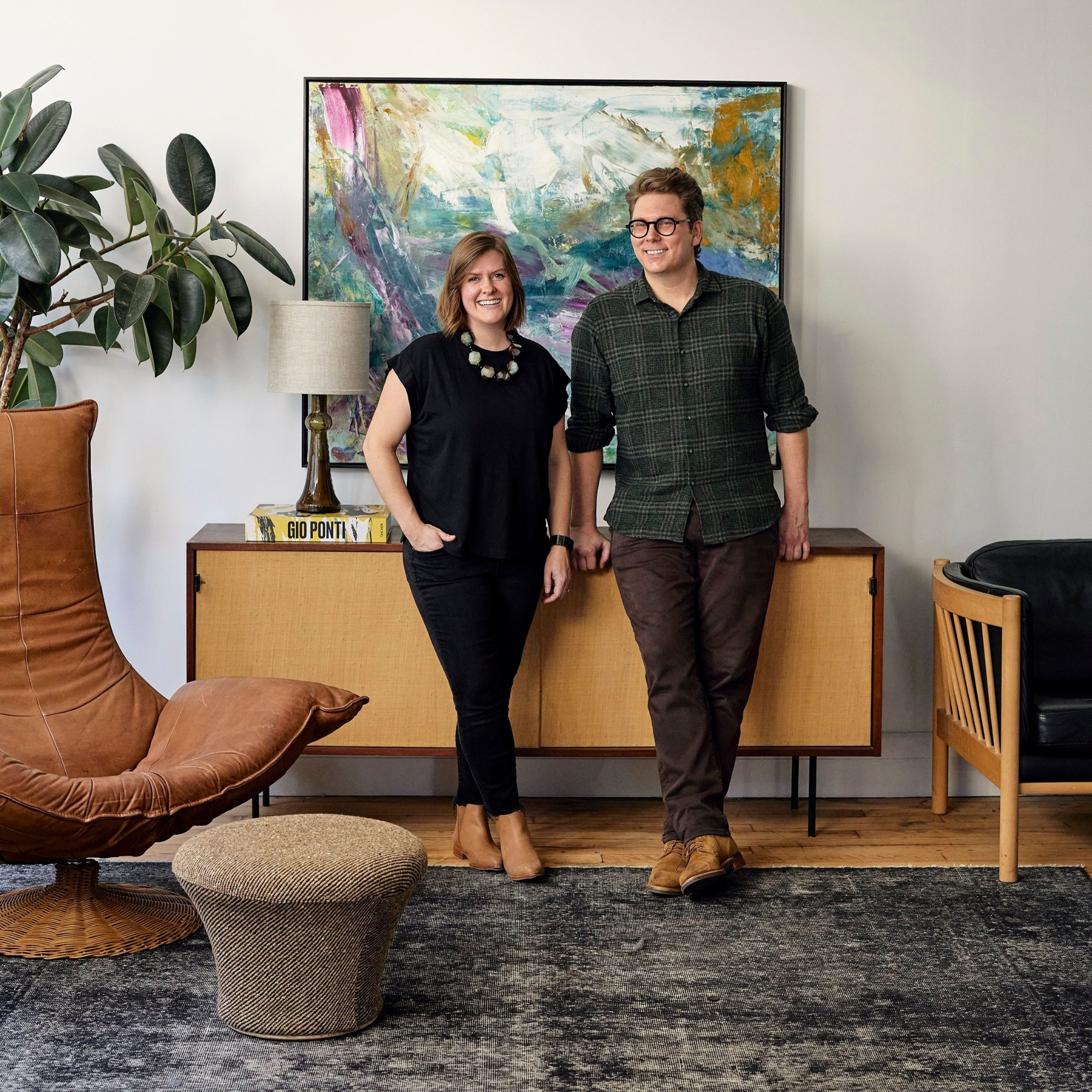
JAM, a full-service architecture and design studio based in Brooklyn, was founded in 2014 by architects Joe McGuier and Megan Prime.
Keeping these expert-approved tips in mind, the design possibilities are endless when it comes to antique furniture. Make it personal and considered, and your home will stay in style for many years to come.

Abby was the Interior Design News Editor at Homes & Gardens and is now studying for her Master's degree in Journalism at City University, London. Prior to joining our team, she worked with Better Homes & Gardens, where she wrote and edited content about home decor, gardening tips, food news, and more. She studied Journalism and English Literature at New York University and moved to London to pursue her love of writing in 2023.
